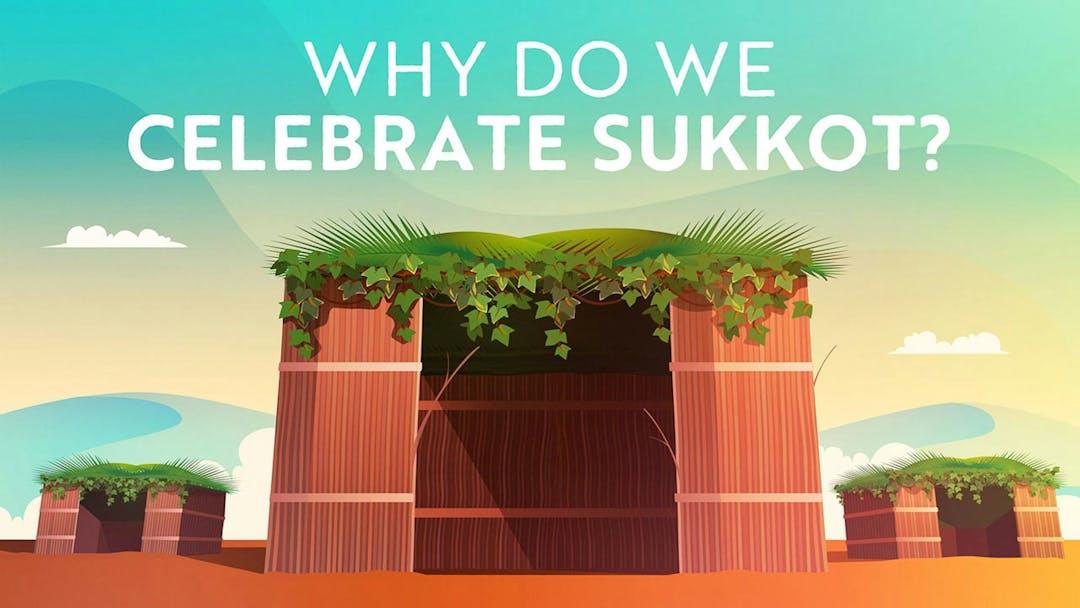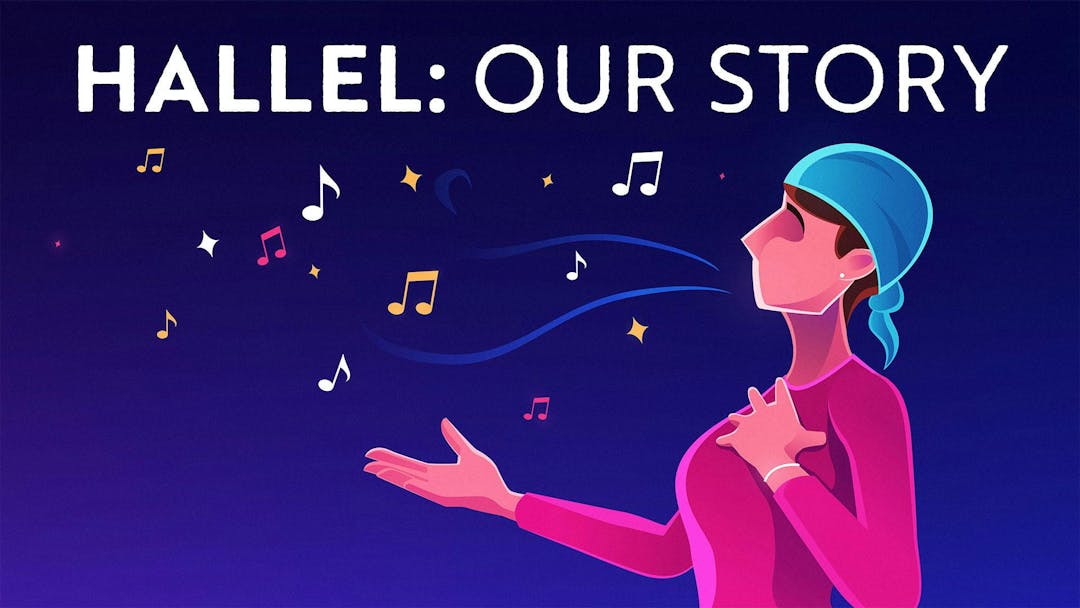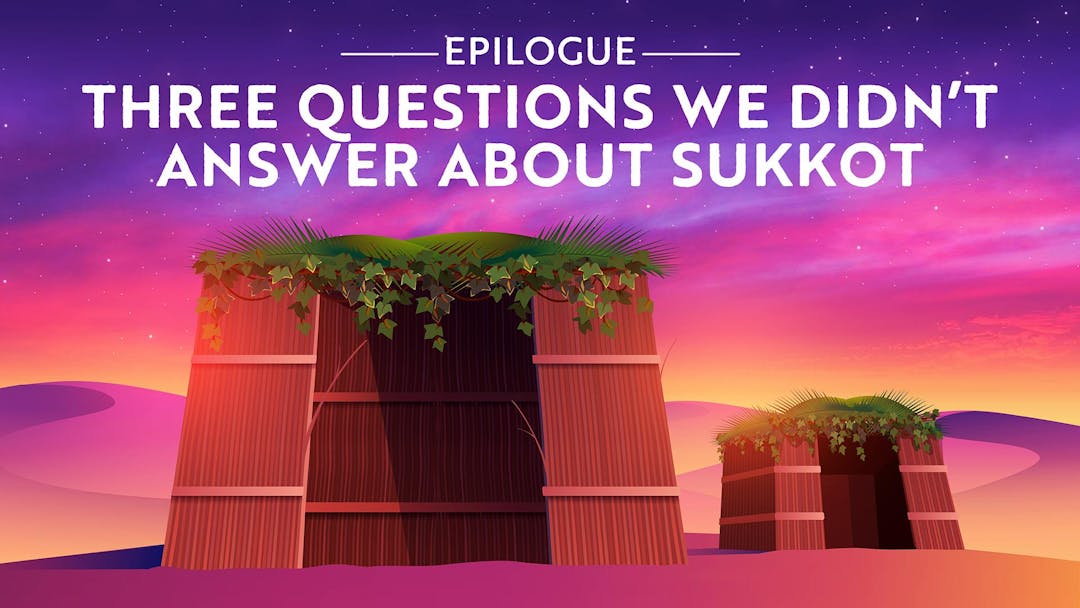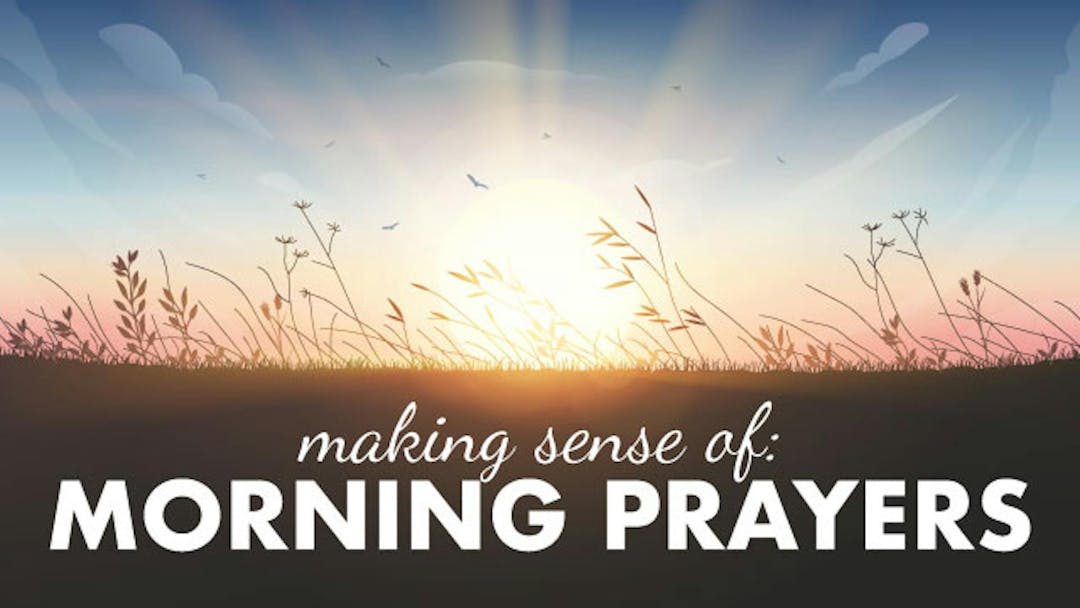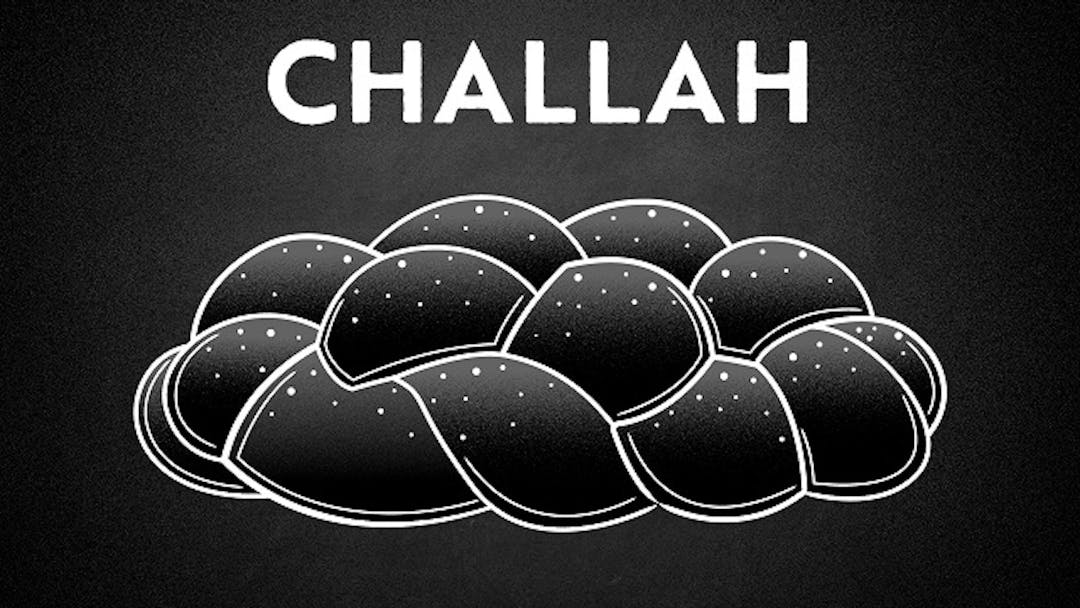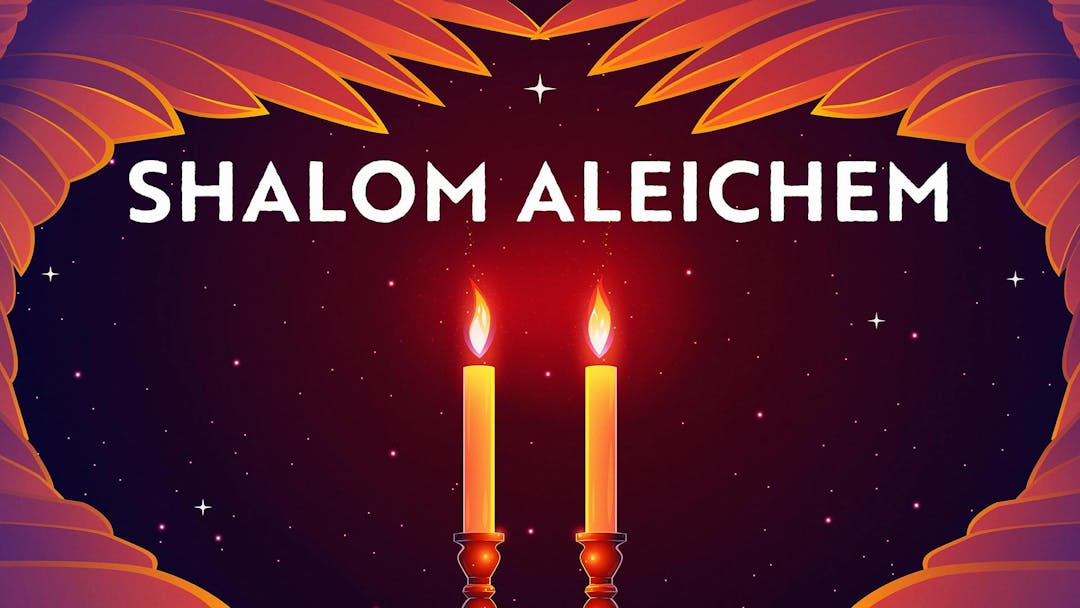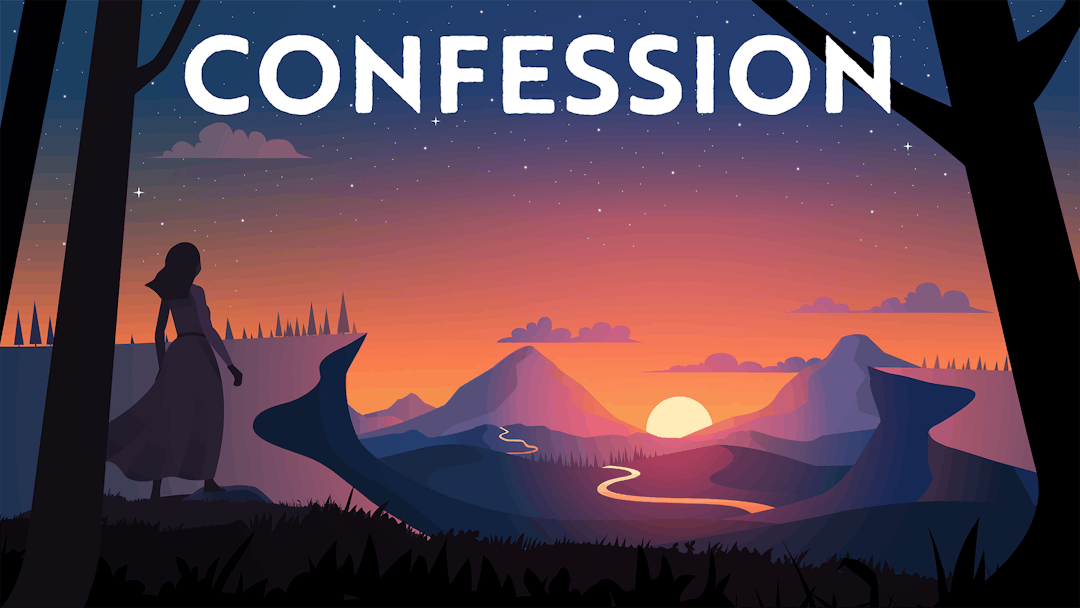Join us today to start watching unlimited videos! We offer a 14 day trial period.
Get StartedFinding Joy in Sukkot (Part 1 of 4)
Lulav and Etrog: What’s So Spiritual About Shaking Plants?
Sukkot is called the “Festival of Joy””, but what exactly is so joyful about it? The other major holidays are named after their very essences - Passover is the “Festival of Our Redemption,” Shavuot is the “Festival of the Giving of Our Torah.” What’s the deep connection between joy and Sukkot? The answer is something you might not expect. Join Ami Silver and Imu Shalev as they discover what it is.
Want to watch the full video for free?
Enter your email and we’ll send you a link to watch the full series free.
What is Aleph Beta?
Aleph Beta is a unique kind of Torah library. Led by our founder, Rabbi David Fohrman, we are dedicated to high-level, textual Torah learning for adults that is intellectually and spiritually sophisticated, that enlivens your Jewish practice and helps you forge a deeper connection to God. Whether you’ve been learning in yeshiva for years or you’re just beginning your Torah journey, you’re sure to find something meaningful and surprising waiting for you here.
Browse our library of over 1,000 beautifully produced animated videos, podcasts, deep dive courses, and printable guides. Topics include the weekly parsha, Jewish holidays & fast days, laws & mitzvot, prayers, relationships, big philosophical ideas and more. Have something to say at the Shabbos table that will amaze your family and guests and bring deep meaning into their lives.
